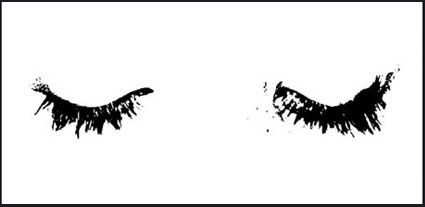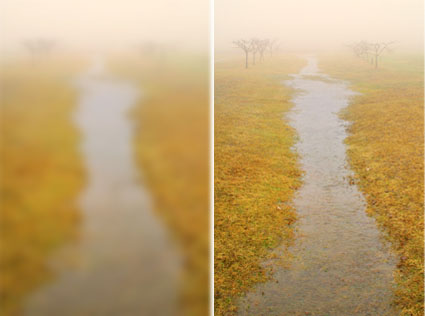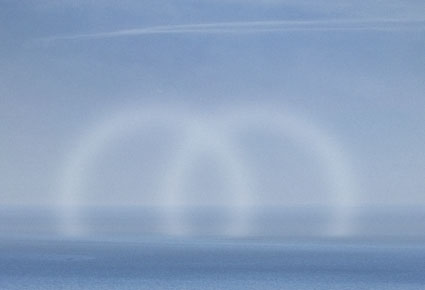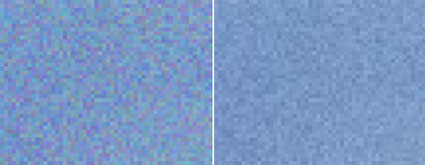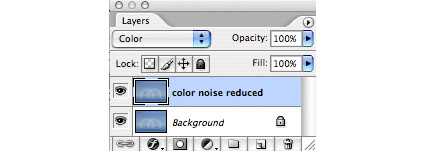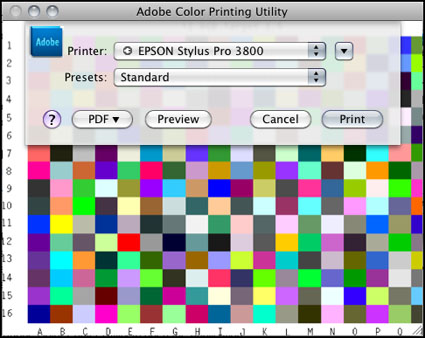Gesture

“There are as many forms of memory as there are ways of perceiving, and every one of them is worth mining for inspiration.” – Twyla Tharp – The Creative Habit
Still images suggest motion, rather than reproducing it as moving pictures do. Images not only suggest the relative motions of their subjects, they also imply motions of their own. Almost all compositions are filled with lines of force, both visible and invisible, that direct the eye. Find them. And emphasize them.
How? Gesture. Before making an exposure, make the gesture of your composition with your body. Move your body, echoing the composition.
Be bold. Draw in the air at arm’s length with your shoulders and elbows. Make broad sweeping gestures. Don’t draw with one finger holding the rest of your body still. Focus on the essentials of the composition rather than detail and texture. Include texture in your gestures only if doing so helps you understand the rhythmic structure of an image.
While you are making images, research this moving dimension. Doing this will make you aware of and amplify the kinesthetic understanding your body already has of your subjects. Gesture can enliven any composition, making it seem more expressive and life-like. Gesture and your images will be stronger for it.
Find more resources on Creativity here.
Learn more in my digital photography workshops.


